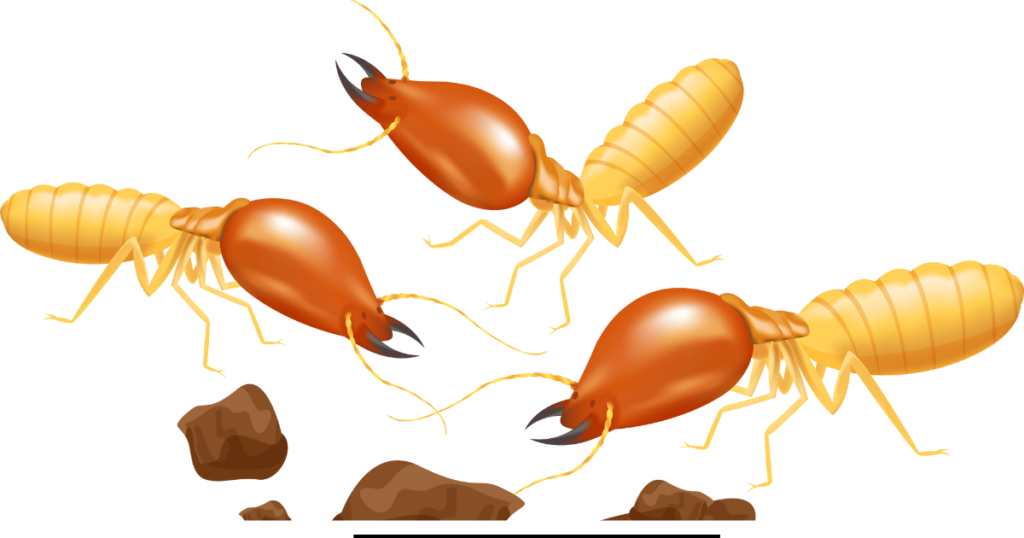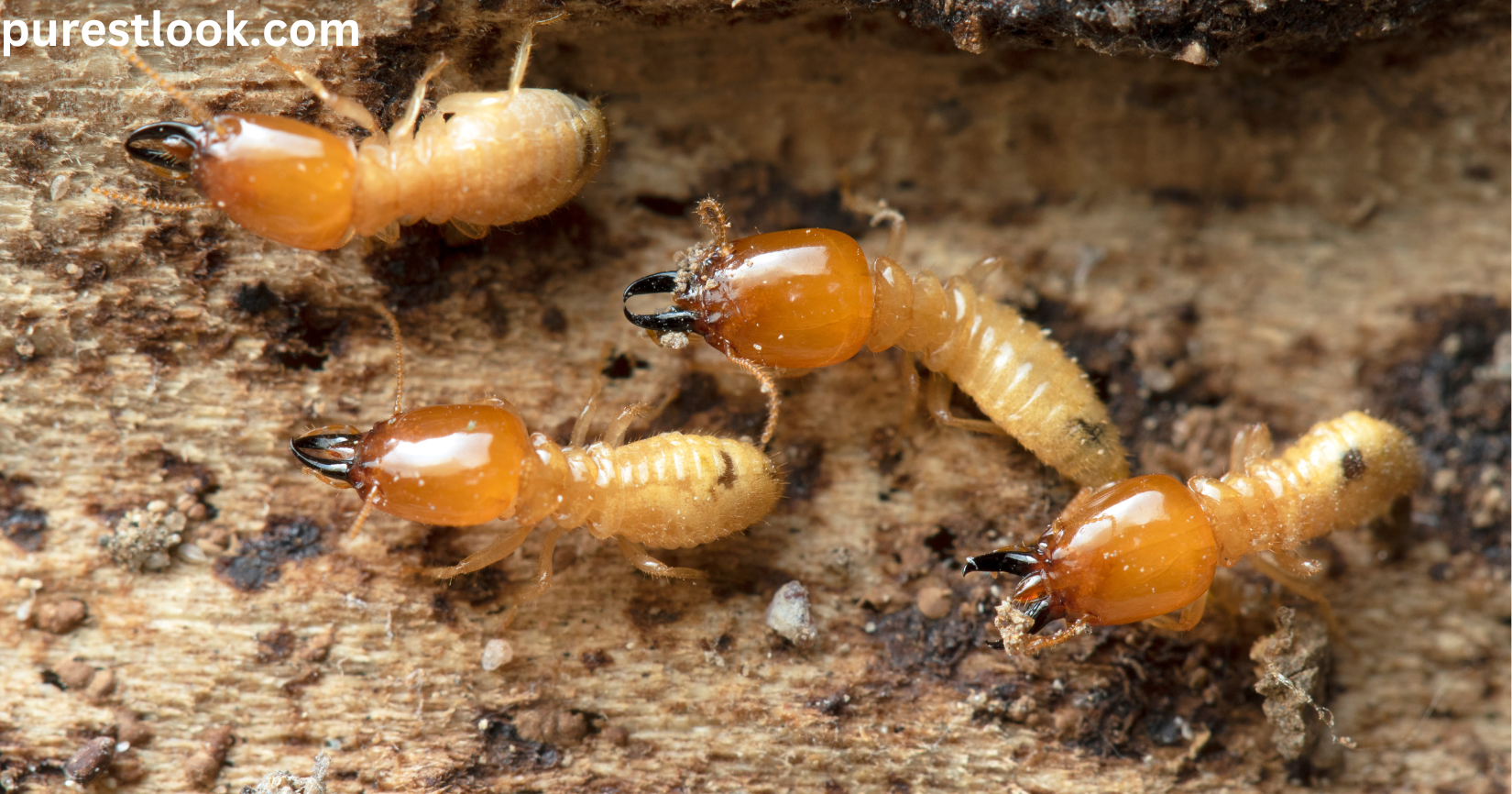
Termites are small insects that play a significant role in ecosystems but can also cause severe damage to wooden structures. Knowing what termites look like is essential for early detection and effective control.
What Do Termites Look Like?
Termites vary in size, color, and physical features depending on their type and caste. Here’s a breakdown of their appearance:
General Features of Termites
| Characteristic | Description |
|---|---|
| Size | Typically between 1/4 inch to 1/2 inch long, with some species growing larger. |
| Color | Creamy white, pale brown, or dark brown depending on the species and caste. |
| Body Shape | Straight, soft body with a broad waist (unlike ants). |
| Antennae | Straight and beaded, unlike ants’ bent antennae. |
| Wings | Equal-sized wings in swarming termites, often translucent with visible veins. |
Types of Termites and Their Unique Traits
Subterranean termites are the most common and are known for their destructive behavior.
- Color: Creamy white to dark brown.
- Habitat: Found in moist soil, building mud tubes to access food.
- Body Shape: Thin, elongated with a straight waist.
Drywood Termites
These termites live directly in wood, including furniture and structures.
- Color: Light brown or creamy white.
- Habitat: Found in dry wood, requiring no contact with soil.
- Behavior: Produce small piles of frass (droppings) near infested areas.
Dampwood Termites
Larger than other types, dampwood termites prefer moist, decayed wood.
- Color: Light brown to dark brown.
- Habitat: Commonly found in damp environments, such as rotting logs.
How to Identify Termite Damage
Recognizing signs of termites is as important as identifying the insects themselves.
| Sign | Description |
|---|---|
| Mud Tubes | Small, pencil-sized tubes running along walls or foundations. |
| Hollow Wood | Wood sounds hollow when tapped. |
| Frass | Small, grainy droppings near infested wood. |
| Swarming Insects | Winged termites flying around light sources. |
| Discarded Wings | Shed wings near windowsills or doors after a swarm. |
Differences Between Termites and Ants
Termites and ants are often confused, but they have distinct physical differences:
| Feature | Termites | Ants |
|---|---|---|
| Waist | Broad, straight-waisted | Narrow, pinched waist |
| Antennae | Straight, bead-like | Elbowed |
| Wings | Equal-sized front and hind wings | Unequal wings, with front longer |
| Color | Pale to dark brown | Black, brown, or reddish |
Preventing Termite Infestations
- Fix leaky pipes and faucets.
- Ensure proper drainage around your home.
- Use a dehumidifier in damp areas.
Protecting Wood
- Keep firewood and wooden debris away from the house.
- Seal cracks in your foundation.
- Use termite-resistant wood or treat wood with protective chemicals.
Conclusion
Knowing what termites look like is your first line of defense against these destructive pests. By understanding their appearance, behavior, and signs of infestation, you can protect your home effectively. If you suspect termites, act quickly to prevent costly damage. Regular inspections and preventive measures can save you time, money, and stress.
FAQs
What Are the Common Signs of Termites?
Common signs include mud tubes, hollow-sounding wood, discarded wings, frass, and visible swarms.
How Can I Distinguish Termites from Flying Ants?
Termites have straight antennae, a broad waist, and equal-sized wings, while flying ants have bent antennae, a narrow waist, and unequal wings.
When Do Termites Swarm?
Termites typically swarm in the spring or summer after rain. This is their mating season when winged termites leave the colony to start new ones.
What Should I Do If I Find Termites?
Contact a pest control professional immediately to assess and treat the infestation. Avoid disturbing the colony to prevent spreading.
Can Termites Damage Concrete?
Termites cannot eat through concrete, but they can exploit cracks and build mud tubes to access wooden structures.
